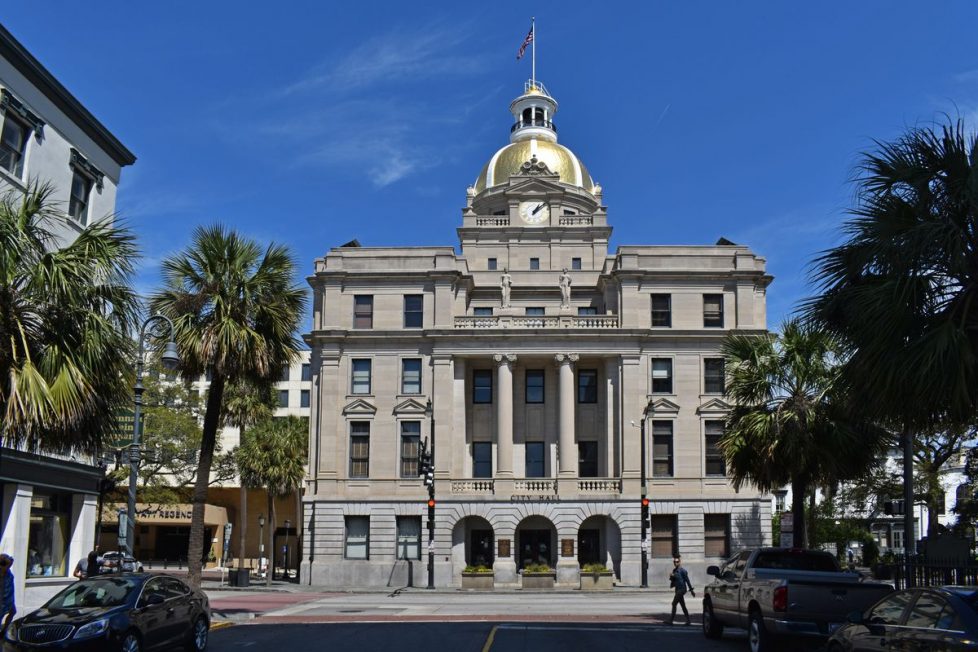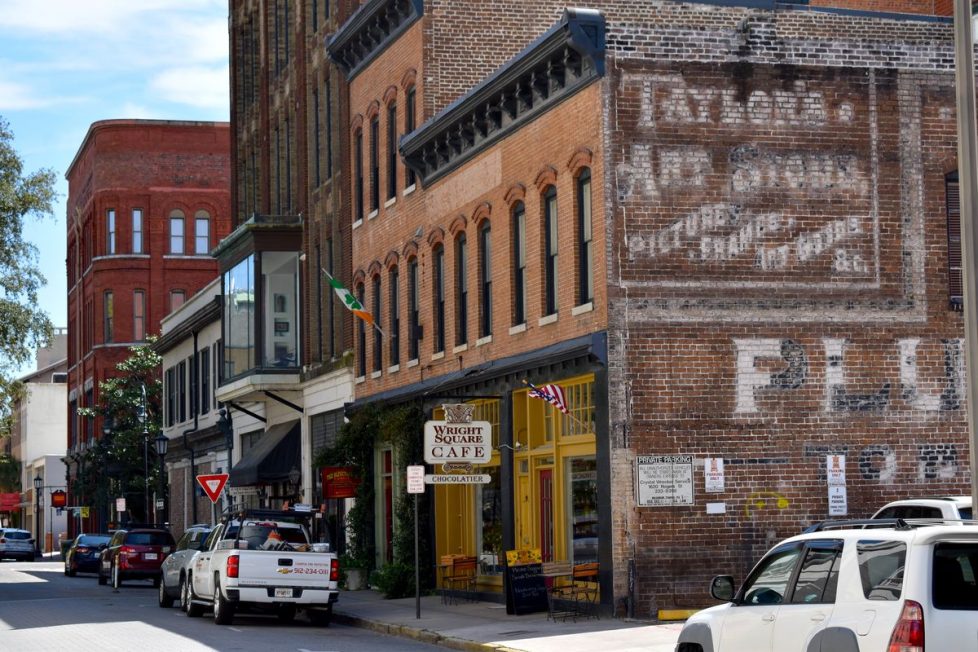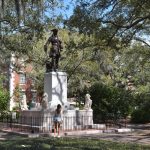
NATIONAL HISTORIC LANDMARK DISTRICT
In 1966, Savannah’s first historic district was officially designated due to its unique, well-preserved city plan and impressive historic building stock. Beginning in 1733, the City’s founder, British General James Oglethorpe, established the city’s first six wards. At the center of each ward was a public square, flanked on the east and west by trust lots designated for public buildings, and 60’ x 90’ lots on the north and south sides for residential dwellings. Recognizing the brilliance of this plan, city fathers expanded it southward over the next 100+ years, mostly during the 19th century and ultimately creating twenty four squares from the Savannah River to Gaston Street. The plan is still celebrated today as it remains as valid and effective as in its inception.

“Recognizing the brilliance of this plan, city fathers expanded it southward over the next 100+ years”
Receiving the designation as a National Historic Landmark by the National Park Service means the district is of national significance to the history of the United States. The district now extends from the Savannah River south to Gwinnett Street and East Broad Street westward to Martin Luther King, Jr. Boulevard.

The Landmark District is also lauded for its outstanding variety of architectural styles, including residential, commercial, and institutional buildings. Washington, Warren, and Greene Wards hold examples of Savannah’s earliest surviving architecture. As the city expanded, so did the repertoire of architectural styles among builders and architects. The 1820’s witnessed a proliferation of federal style brick townhouses, both paired and in rows. Renowned English architect William Jay designed several high-style Regency residences during this period, such as the Owens-Thomas House and Scarbrough House, which are distinguished by symmetry and innovative interior features.

Greek Revival, the predominant architectural style in the Landmark District, began its reign in the 1830s. Constructed from Savannah grey brick, these residences are defined by a raised basement, side hall, simple lintel above windows, transom & side lights, and classical elements such as Doric or Ionic columns and dentils. Greek Revival design was also applied to many institutional buildings such as Christ Church (1838) and the United States Customs House (1848-1852). After 1850, Savannah saw the rise of Italianate, Queen Anne, Gothic and other exotic revival styles. Many of these buildings are prominent residences, exhibiting the prosperity of Savannah before the Civil War. Thus, Savannah’s Landmark District holds a wealth of historic architecture from simple, vernacular structures to high style houses, many of which have been carefully restored and/or maintained to retain their original grandeur.







